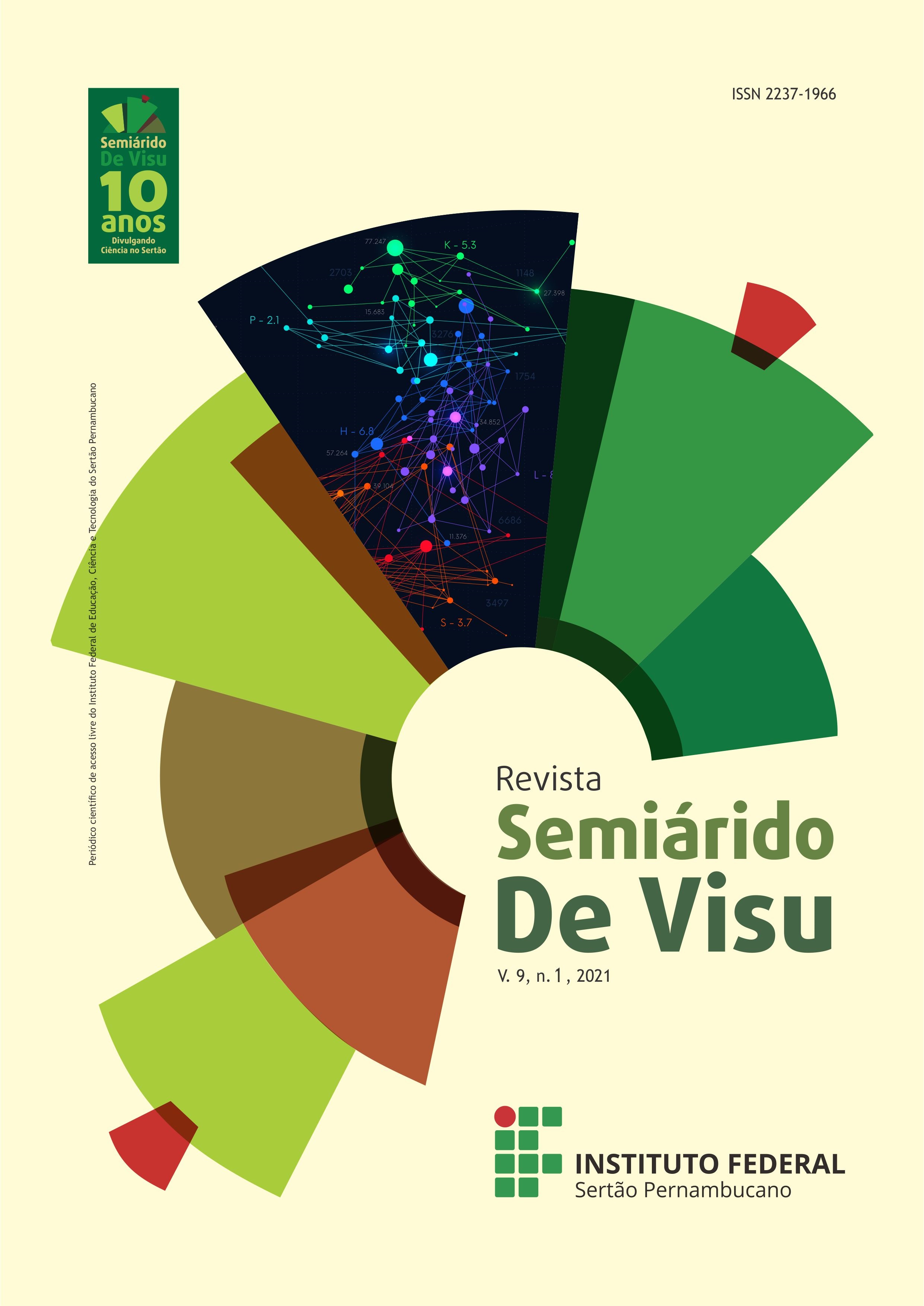Preventive measures and guidance on Covid-19 for workers in Juazeiro Producer Market (BA)
DOI:
https://doi.org/10.31416/rsdv.v9i1.229Keywords:
Coronavirus, health education, preventionAbstract
This article is an account of the experience of health intervention with the cartmen and street vendors of the Mercado do Produtor de Juazeiro-BA.The project was structured by an interprofessionalteam from the Coping Committee to Covid-19 of IF Sertão-PE and aimed to help
protect the health of these workers and their families, as well as interrupting the Covid-19 transmission chain, acting in two lines of prevention: health guidelines and distribution of hygiene material (70% gel alcohol and liquid soap) and hand-made masks, on site, with the participation of 1,250 workers, of both sexes. The experience allowed to know the peculiarities of the group, considering the vulnerability and social invisibility, given the importance of essential services provided by these workers; reinforce the social role of the educational institution; ratify the need
for interprofessionality in combating the spread of Covid-19 and promoting health education as the most important strategy for preventing the transmission of the virus.
References
AQUINO, E. M. L. et al. Social distancing measures to control the COVID-19 pandemic: Potential impacts and challenges in Brazil. Ciencia e Saude Coletiva, [s. l.], v. 25, p. 2423–2446, 2020.
BRASIL, M. da S. Portaria N° 188, De 3 De Fevereiro De 2020. Diário Oficial da União, [s. l.], p. 7042, 2020. a.
BRASIL, M. da S. Nota Informativa No3/2020-CGGAP/DESF/SAPS/MS. Ministerio da Saúde, [s. l.], p. 1–3, 2020. b. Disponível em: <https://www.saude.gov.br/images/pdf/2020/April/04/1586014047102-Nota-Informativa.pdf>
CECCIM, R. B. Connections and boundaries of interprofessionality: Form and formation. Interface: Communication, Health, Education, [s. l.], v. 22, p. 1739–1749, 2018. Available at: https://doi.org/10.1590/1807-57622018.0477
CECCON, R. F.; SCHNEIDER, I. C. Tecnologias leves e educação em saúde no enfrentamento à pandemia da COVID-19. Pre-Print em analise, [s. l.], p. 19, 2020. Available at: https://doi.org/10.1017/CBO9781107415324.004
FIHO, J. M. J. et al. A saúde do trabalhador e o enfrentamento da COVID-19. Revista Brasileira de Saúde Ocupacional, [s. l.], v. 45, p. 10–12, 2020.
MASSON, V. A.; MONTEIRO, M. I.; VEDOVATO, T. G. Trabalhadores da CEASA: fatores associados à fadiga e capacidade para o trabalho. Revista Brasileira de Enfermagem, [s. l.], v. 68, n. 3, p. 460–466, 2015.
WHO. Getting your workplace ready for COVID-19. World Health Organization, [s. l.], n. March, p. 1–8, 2020. Disponível em: WORLD HEALTH ORGANIZATION. Statement on the first meeting of the International Health Regulations (2005) Emergency Committee regarding the outbreak of novel coronavirus (2019-nCoV). Geneva, [s. l.], 2020. Disponível em: <https://www.who.int/news-room/detail/23-01-2020-statement-on-the-meeting-of-the-international-health-regulations-(2005)-emergency-committee-regarding-the-outbreak-of-novel-coronavirus-(2019-ncov)>















